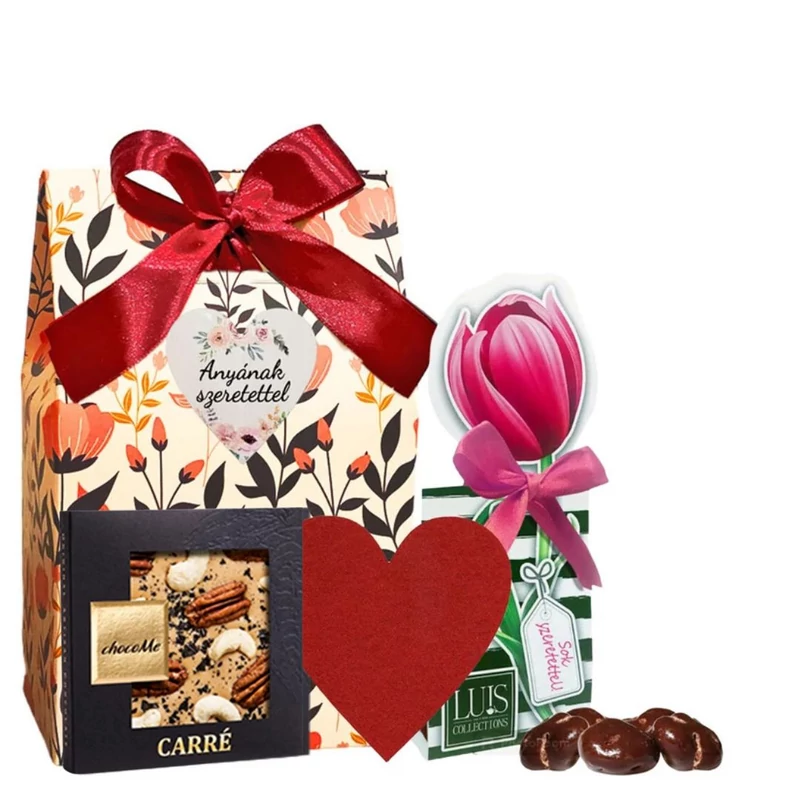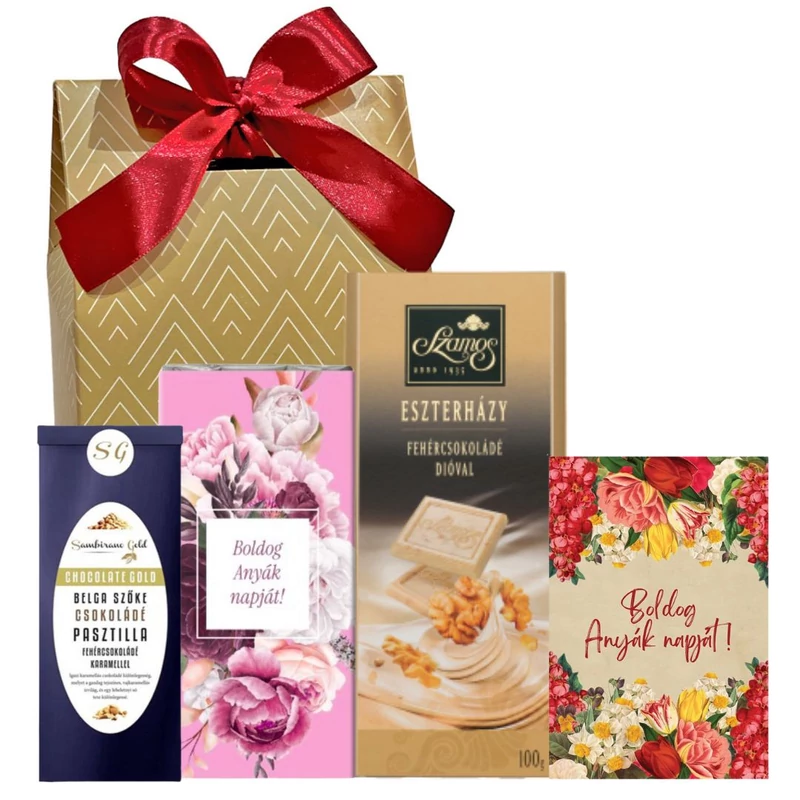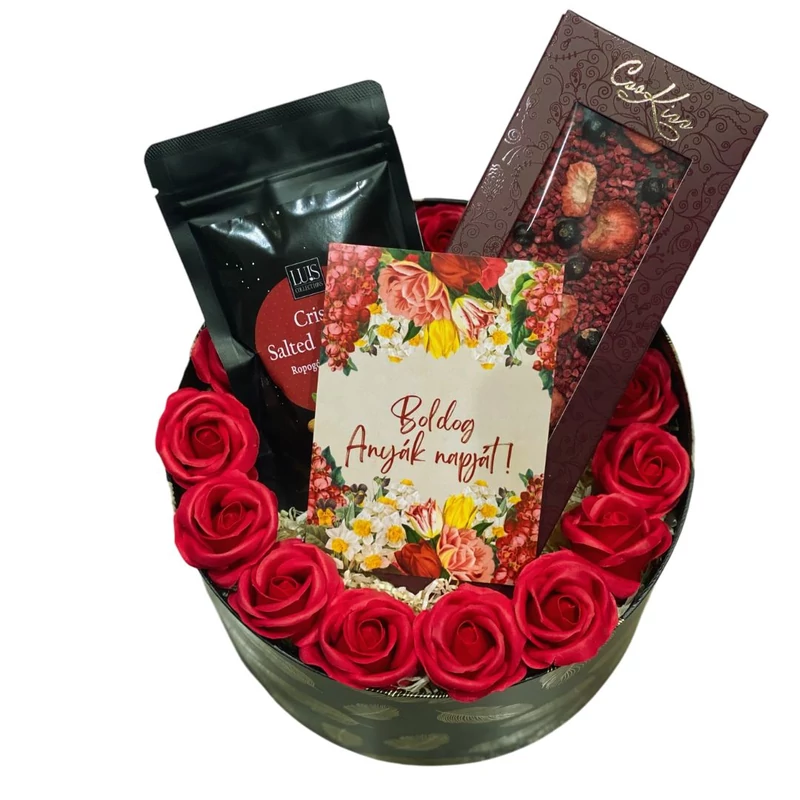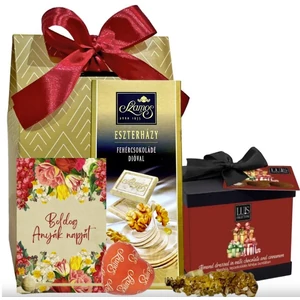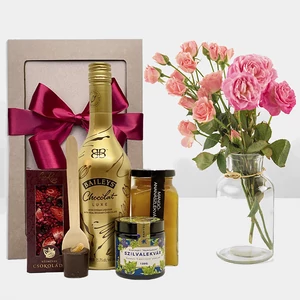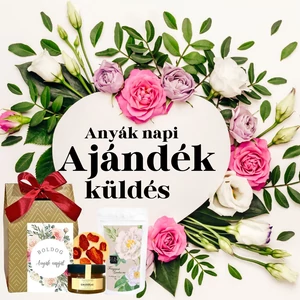Mother's Day is a special day that is celebrated to express appreciation and gratitude to mothers everywhere, connecting different cultures around the world.
We hope you enjoy this entertaining article in which we present how different cultures celebrate mothers around the world, which may even give you ideas for a special Mother's Day gift or celebration. Thousands of families pamper their mothers, grandmothers, or that special person who fills this role in their lives with flowers, greeting cards, and Mother's Day gifts on this day.
America – The Origin of the Holiday
Mothers were first celebrated in this country at the initiative of Anna Jarvis at a church where her mother taught Sunday school. Anna sent 500 white carnations to the children to celebrate their mothers because carnations were her mother's favorite. In America, it has become a tradition to choose carnations as a Mother's Day gift. It is also customary to greet mothers with breakfast in bed, and the family usually spends this day together.
Mexico – Dia de la Madre
In Mexico, this day is special and full of emotions, held every year on May 10th and is one of the most popular events in the country. It is a day of great importance for families, filled with love, music and traditions. Family members hire bands to perform in their homes. Mothers can listen to their favorite songs live in their own homes, and their loved ones serenade them. On this family holiday, mothers receive flowers, traditionally roses, and small Mother’s Day gifts. Mexican cuisine takes center stage on the festive table. Families prepare traditional Mexican dishes such as mole, tamales and pozole. Many families go to church to give thanks for their mothers.

France - Fête des Mères
In France, at the end of the dark period after the First World War, this holiday was a kind of tribute to all those women who had to face the difficulties of everyday life alone during the conflict. Thus, the city of Lyon organized the first celebration in honor of mothers on May 26, 1918. The event was a great success and gradually spread to other French regions.
A few years later, in 1920 the government decided to create a National Mother's Day, which took place on May 16 that year.

Years later, it became an official holiday in the country, celebrated on the last Sunday of May, and later became part of French tradition over the years. Mothers rest on this day, and large family gatherings and meals together also characterize this period.
India – Durga Puja Festival
Durga Puja is a 10-day Hindu festival in India dedicated to the mother goddess Durga. Families spend weeks preparing food and decorating their homes for the special occasion. Different regions serve different dishes, but biryani, a spicy rice dish with meat or vegetables, curries, spicy gravies and various dahl dishes are almost everywhere, as is the popular naan bread. Sweets, or mithai, are an essential part of the Indian feast. Recipes passed down from generation to generation, including mother’s favourite dishes, are also an integral part of the Mother’s Day gift. Lunch and dinner are usually a richer, multi-course meal where the family celebrates together.
Hungary
The first Mother's Day celebration was held in Hungary in 1925. It came to our country through the mediation of Dr. Petri Pálné, a Red Cross activist, based on the American model. On the first Sunday of May, we can express our appreciation, love and gratitude for our mothers. The most common custom is to give flowers to mothers and grandmothers. The most popular flowers are roses, tulips and carnations. Smaller children make personalized postcards or other small gifts, drawn by themselves, and spending time together, having a family lunch or dinner is also an important part of the celebration for many families.
Celebrations are often held in kindergartens and schools, where children greet mothers with poems and songs. It has become an interesting tradition in our country that in some settlements the mayor often honors mothers with large families.

Let's celebrate mothers in May, no matter where we live in the world and what tradition we follow!




